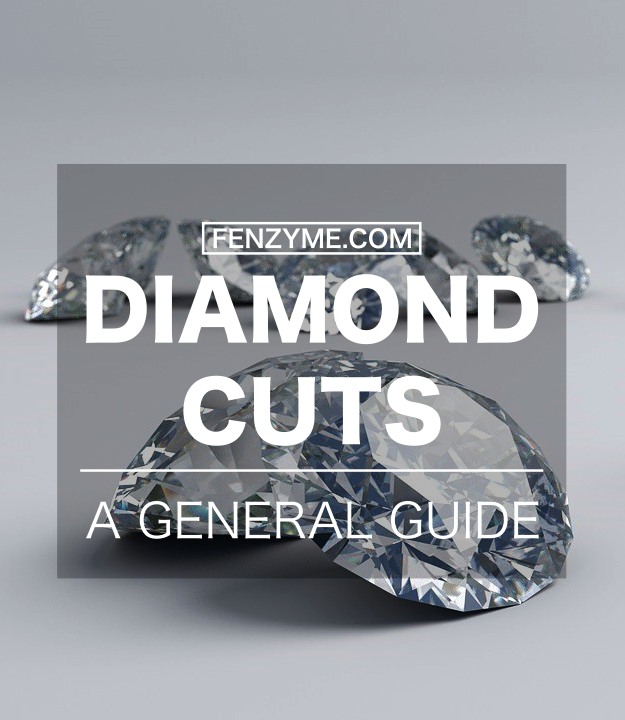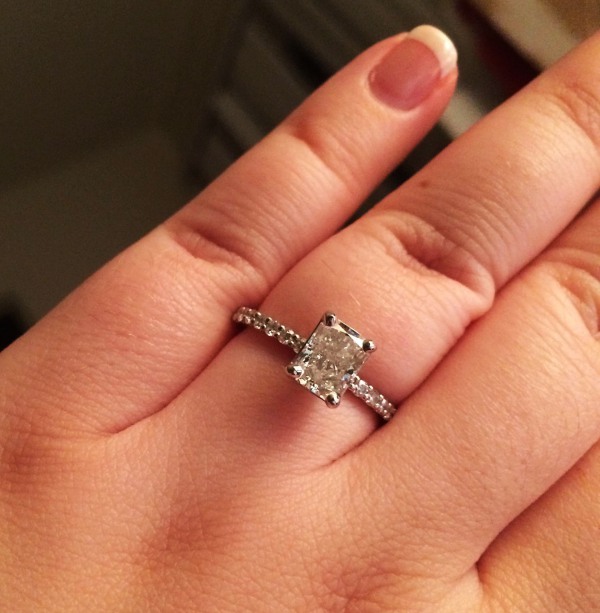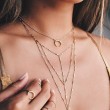Diamond Cuts: A General Guide
In 1953, Marilyn Monroe made pop culture history when she crooned about how “a kiss on the hand may be quite continental, but diamonds are a girl’s best friend.” More than half a century later, this enticing Broadway lyric is still as true as ever. And when it comes to the precious stones, nothing is more important in our eyes than their shape.

Websites such as The Diamond Authority always report on the most innovative cuts, such as the Royal Asscher design or the baguette diamond, which is newer on the jewelry market. However, the concept is a much more traditional one. Here is everything you need to know about the history and assessment of diamond cuts.
About Diamond Cuts
Due to popular media imagery, we are accustomed to seeing jewelry designed to be round, oval, pear, or heart-shaped. However, according to the Gemological Institute of America, a diamond’s cut has to do with more than just its shape. The true grading system relies on how the facets of the stone interact with light.
Scores vary from excellent to poor, with a few variations in between. The final value of the diamond, as well as its overall beauty is determined by this evaluation. When assessing it, experts take into consideration factors such as brightness, scintillation, and fire. These have to do with light reflection, rainbow scattering, and sparkle.
Nevertheless, the design of the stone comes into play heavily when the mark is given. The symmetry of the facets, as well as their polish is essential to the overall look. For this reason, understanding a diamond’s cut as its style and shape isn’t too far off either. After all, it is an important aspect in the eyes of experts as well.
The Most Popular Types
Back in the day, diamonds used to come in just a couple of designs. But nowadays, you will be bombarded with a variety of colors and cuts upon entering the nearest jewelry store. For this reason, an overview of the most popular shapes is necessary. Here are the seven notable ones to keep an eye out for next time you’re stone shopping1.
Round

When one thinks of classic diamond cuts, the round design is the first one to come to mind. In fact, roughly 75% of all the rings or standalone stones that are sold come in this shape. Due to the intricate, yet delicate mechanics behind its chiseling, it manages to reflect and refract light in a unique way. This creates a beautiful sparkle that is elegant and timeless.
Princess

Even though most people opt for roundness when purchasing a diamond, nothing quite beats the fame and grace of the princess cut. Due to the inverted pyramid profile that looks square from the top, the color it emits is slightly different. This sets it apart from its peers, and explains its prevalence on the market, in spite of the design being around only since the 1960s.
Pear

Pear cut diamonds are also known as teardrops, due to their sharp at the top, round at the bottom outline. The main reason to choose this shape over all others is that its elongated form is rather flattering for the finger. It is the ideal option for someone who is sophisticated and edgy at the same time.
Oval

If you are looking for the perfect middle ground between round and pear-shaped diamonds, the oval is the way to go. This modern style is comparable to them in terms of brilliance, while at the same time creating the optical illusion of a bigger stone. Thus, if you want size and sparkle all in one, it is a viable choice.
Radiant

As the name suggests, the radiant cut is chiseled in such a way as to enhance the stone’s brilliance. Their uniquely trimmed corners create an effect that is quite inimitable in the world of diamonds. They shine to their fullest potential when placed in between other stones that are molded differently due to the fact that they catch their sparkle as well.
Marquise

The marquise shape is known in quite a few ways among diamond lovers. In French, it is called a navette, meaning little boat. The English language sometimes refers to it as football shape or eye shape diamond. It tapered silhouette that is even pointed at times is meant to create the illusion of a larger stone, all within the limits of a sleek design.
Heart

Although it might seem like a contemporary design, the heart-shaped diamond dates way back to 1562, when Mary Queen of Scots sent a ring with one on it to Queen Elizabeth. Nowadays, this romantic stone is very popular among engagement ring buyers, as it is considered to represent true love and affection.
Final Thoughts
Although the Gemological Institute of America defines a diamond cut as more than just the stone’s shape, this is still the most relevant aspect when it comes to purchasing one. Depending on your preferences, or those of the person you are offering it to, you have plenty of options to choose from. Just remember, diamonds are a girl’s best friend!





